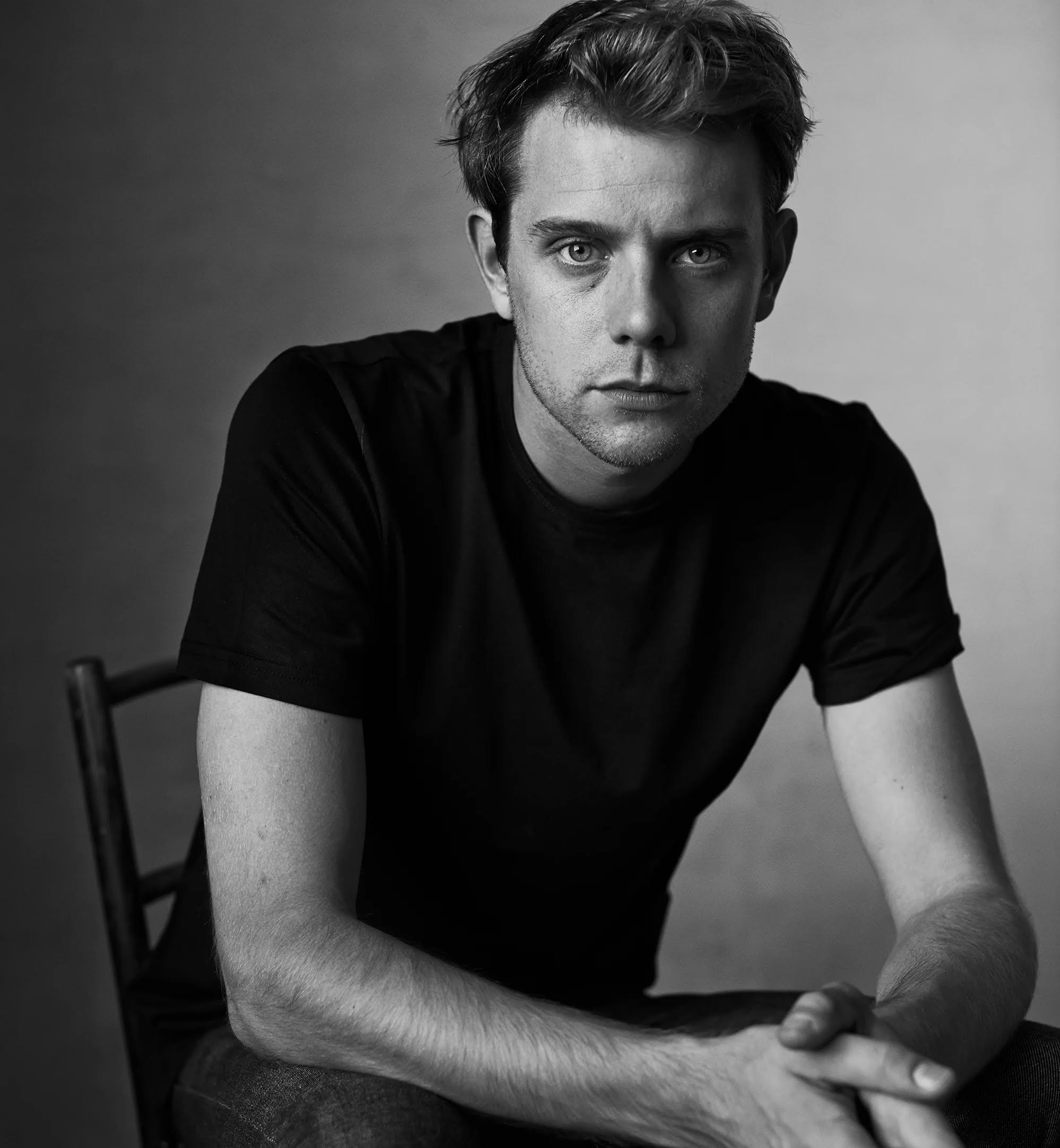Photo Credits: Reproduction
In the quiet tremor of June 2025, the House of Dior did something that now feels almost radical in fashion: it entrusted its entire creative soul to a single individual. Jonathan Anderson, the Northern Irish designer who has for years whispered strange beauty into the ears of those willing to listen, steps into the role once held by Christian Dior himself—not just as creative director, but as the singular vision behind every thread the house will now produce: menswear, womenswear, haute couture. A totality. A trust. A risk.
There is a strange kind of silence that surrounds this moment. Not the silence of absence, but the one that descends before transformation, the hush before an orchestra begins. Maria Grazia Chiuri, whose nearly decade-long tenure redefined the house’s political consciousness, exits with the dignity of someone who always knew fashion was more than clothes. Her legacy is embroidered, both literally and figuratively, into the fabric of modern Dior. But fashion, like all living things, must molt to move.
Anderson’s appointment does not feel like a pivot—it feels like a reckoning. In an age where many brands fragment their identity across multiple lines and designers, Dior now chooses coherence. There is poetry in that. Perhaps even philosophy. To believe that a house as layered, as storied, as beloved as Dior can be held, shaped, and reimagined by one voice—this is not strategy. It is faith.
What makes Anderson’s vision different is not merely aesthetic, though his aesthetics are singular: sculptural, emotive, often surreal. It is that his work resists translation. You do not understand a JW Anderson piece. You feel it. You circle it. You live with its oddness until it becomes inevitability. His clothes do not ask to be worn; they ask to be remembered. And now, he is asked to remember Dior.
But what version of Dior will he recall? The razor-sharp femininity of the New Look? The architectural volume of Gianfranco Ferré? The minimalism of Slimane? Or something else entirely—something unspoken, that lies beneath the surface of the archives like a scent that clings to old fabric?
His challenge is not just creative. It is metaphysical. For the first time in nearly a century, a single hand will guide the house through every season, every body, every story. That kind of power is intoxicating. That kind of responsibility, almost unbearable. Dior has always been a house of dualities: fragility and structure, past and present, fantasy and restraint. Anderson must now hold those contradictions in his hands and somehow make them dance.
There will be no haute couture show in July. The atelier rests, breathes, waits. Dior offers him something almost unheard of in today’s fashion economy: time. Time to imagine. Time to dissolve what came before. Time to begin not from the last collection, but from silence.
Perhaps that is the most luxurious gesture of all. In a world addicted to output, to cycles and drops and digital immediacy, Dior dares to pause. Not for weakness but for intention. It is in this quiet that Anderson will sketch his future—not just for the house, but for fashion itself.
There is something inevitable about his arrival. Not because he is the most obvious choice—he isn’t—but because his kind of dreaming is rare. He dreams not in trends but in textures, in ideas, in emotional architecture. Dior does not need someone to decorate its history. It needs someone to haunt it, gently, into tomorrow.
In that sense, this is not a beginning. It is a remembering. And through Anderson, perhaps Dior will remember what it means not only to be seen, but to be felt.

